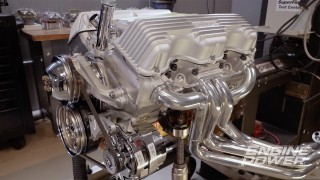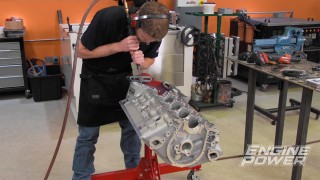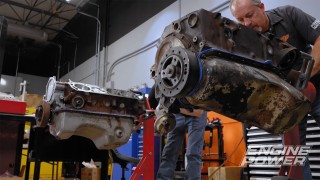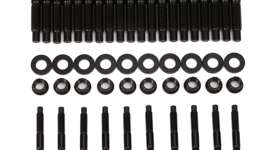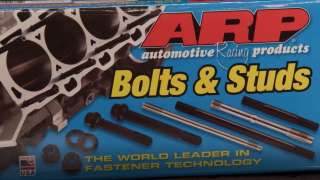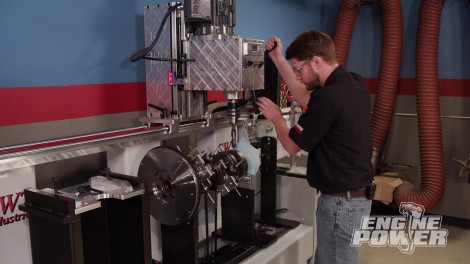
Compression Obsession: A Bigger Block
Our Small Block Chevy cracked during a cold snap. So we’re going to take its guts, put them in a bigger 406ci block, and prep it for bigger power!
Season 10
Episode 6
Hosts: Pat Topolinski, Frankie Forman
First Air Date: May 22, 2023
Duration: 21 minutes 27 seconds




